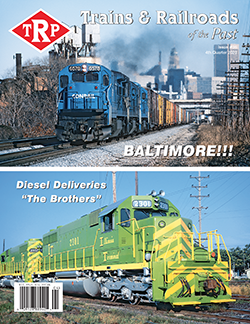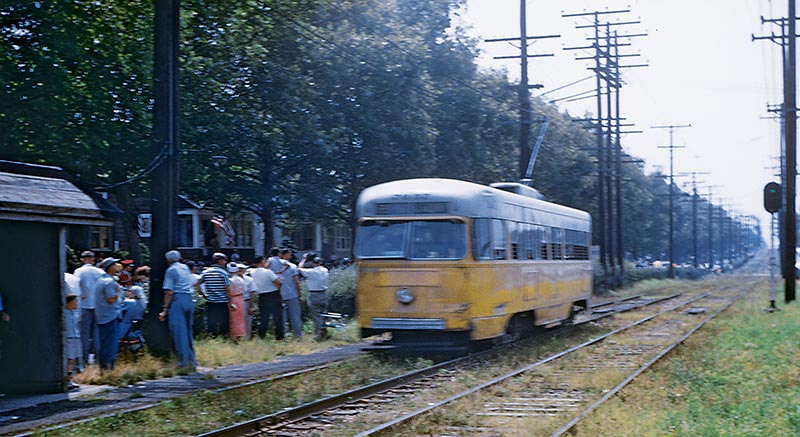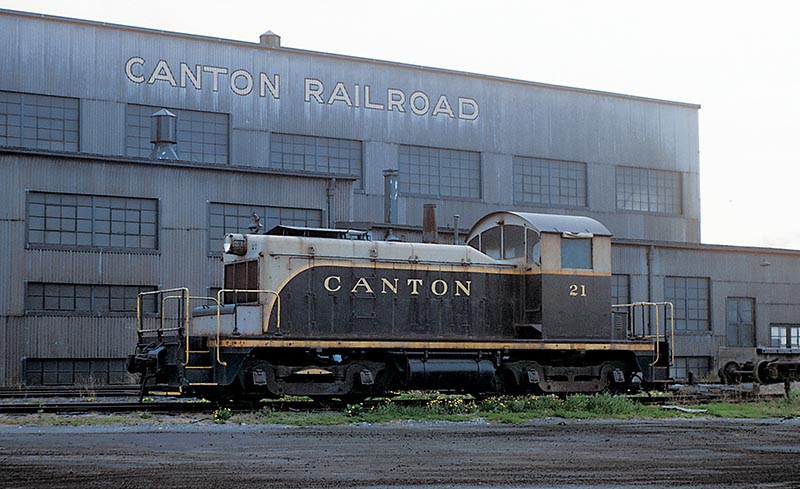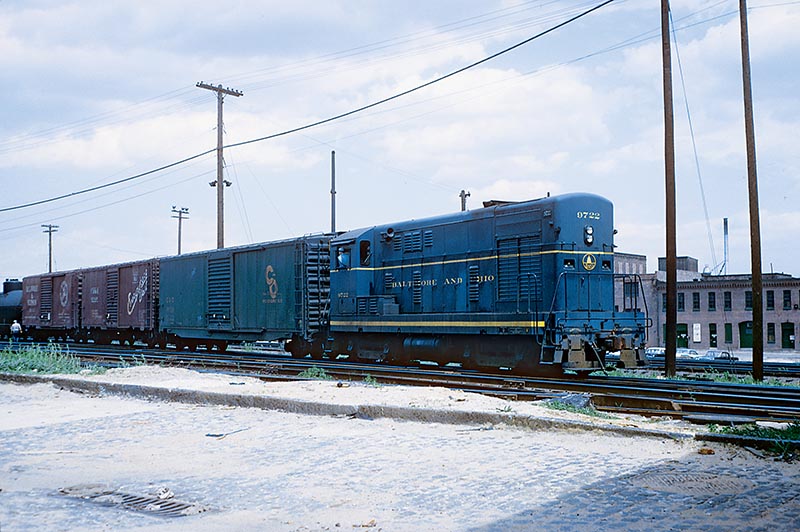 by Gale E. Treiber/photos by the author
by Gale E. Treiber/photos by the author
As kids growing up in western Pennsylvania, my sister and I were quite surprised when Dad announced that we would be going to Baltimore for the first time. We would spend a week visiting relatives and would get to see historic sites like Fort McHenry, where Francis Scott Key wrote our national anthem, the Shot Tower, where musket balls were manufactured for the Revolutionary War, and the Baltimore & Ohio Railroad Museum. And, if we could get away for a day, a trip to Washington, D.C., was offered as a possibility. Although this 1952 trip was our first, it would not be our last. Baltimore quickly became our favorite summertime vacation destination, not only for its sights and sounds, but also its “exotic” food, like bushels of steamed blue crabs that we pounded open on picnic tables, raw oysters eaten right out of their shells and really fresh watermelons purchased right off a little boat in the harbor.

ABOVE: BELOW: Baltimore Transit Company PCC 7057 was snapped along Dundalk’s 1958 Fourth of July parade route. It is one of BTC’s 275 PCCs delivered between 1936 and 1944. Baltimore Transit Company’s Route 26, the Sparrows Point line, had been Baltimore’s most heavily traveled line during World War II, but after 1950 it was not physically connected to Baltimore’s two other streetcar lines; it terminated at a bus transfer point at Pratt and Grundy Streets in East Baltimore, and a transfer to a bus to get downtown caused ridership to fall. This, coupled with the need for maintaining the line’s nine-mile private right-of-way through Dundalk to Sparrow’s Point, plus the upkeep required by their lengthy Bear Creek trestle, sealed the line’s fate. Buses would take over this route on the 31st of August 1958.
Fast forward a few years to the early 1960s when I entered the Naval Academy in Annapolis. Although Baltimore was only about thirty miles away as the crow flies, it may as well have been hundreds. For most of us with families in the Northeast, Baltimore was just a place we passed through on our way to catch the Pennsylvania Railroad, which would carry us home for a few days. It was not until the second half of our senior year, when we were allowed to have a car and were also allowed to leave the Academy for three weekends that final semester, that Baltimore once again became a place of interest.
It was May of 1964 when I contacted my aunt and uncle, who still lived in Dundalk, a suburb of Baltimore, and asked if I could spend one of my weekends with them. I would be off from right after Saturday Noon Meal Formation until Sunday Evening Meal Formation. Saturday would be my time for a family visit, but then I would have all day Sunday to explore Baltimore’s railroad scene. I purchased a copy of Geographica’s Complete Street Atlas of Baltimore, which showed all of Baltimore’s railroad lines, yards and its three remaining trolley lines.

ABOVE: On a subsequent trip to Baltimore, I found Canton Railroad’s locomotive shop with 21, a 600-horsepower SW1, parked out-side. The Canton was, and continues to be, a fascinating short line railroad to photograph.
I had learned that the Maryland & Pennsylvania Railroad no longer served Baltimore, but that the B&O, PRR, and Western Maryland Railway had quite a presence there, and there were three smaller lines: the Baltimore & Annapolis Railroad Company, the Canton Railroad serving a portion of Baltimore Harbor and finally, Bethlehem Steel’s Patapsco & Back Rivers Railroad serving their giant steel mill and shipyard in nearby Sparrows Point. My goal then was to see as many of them as possible that Sunday, and the majority of the photos in this article were taken on that day in Baltimore.
Looking at my map that included most of Baltimore’s rail trackage, it became apparent that there were four major yards located around Baltimore Harbor – Western Maryland’s Port Covington Yard and B&O’s Locust Point Yard were on the west side of the harbor, while PRR and the Canton had their yards on the eastern side. Each of these yards had merchandise piers and coal or ore piers and it looked like at least one hundred ships could be at Baltimore’s piers loading or unloading at one time…



